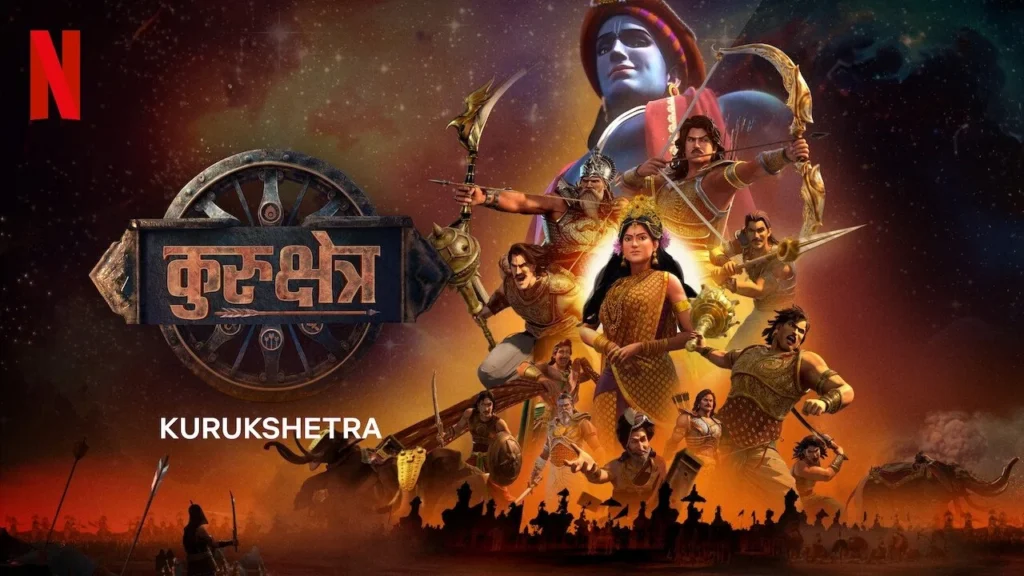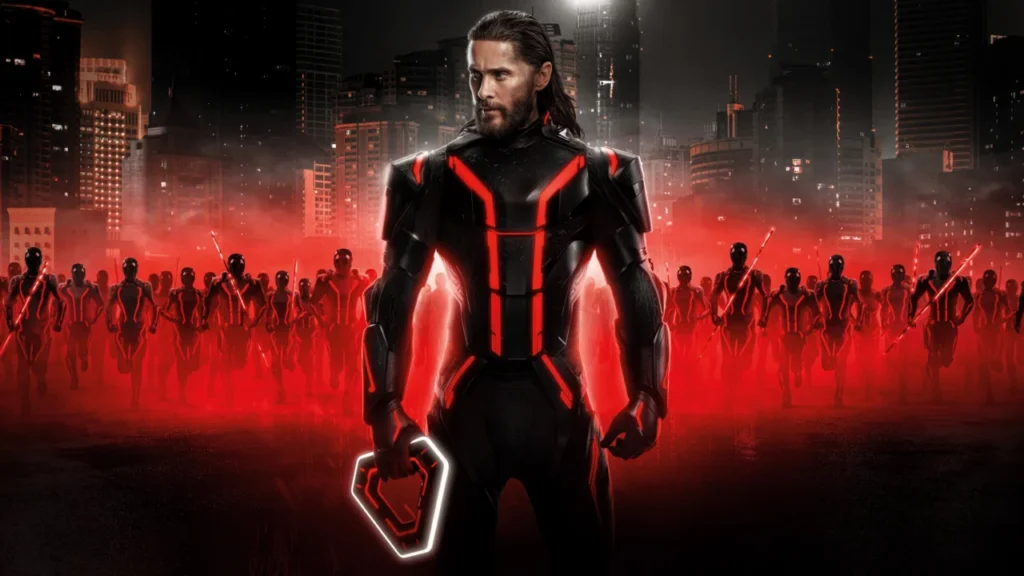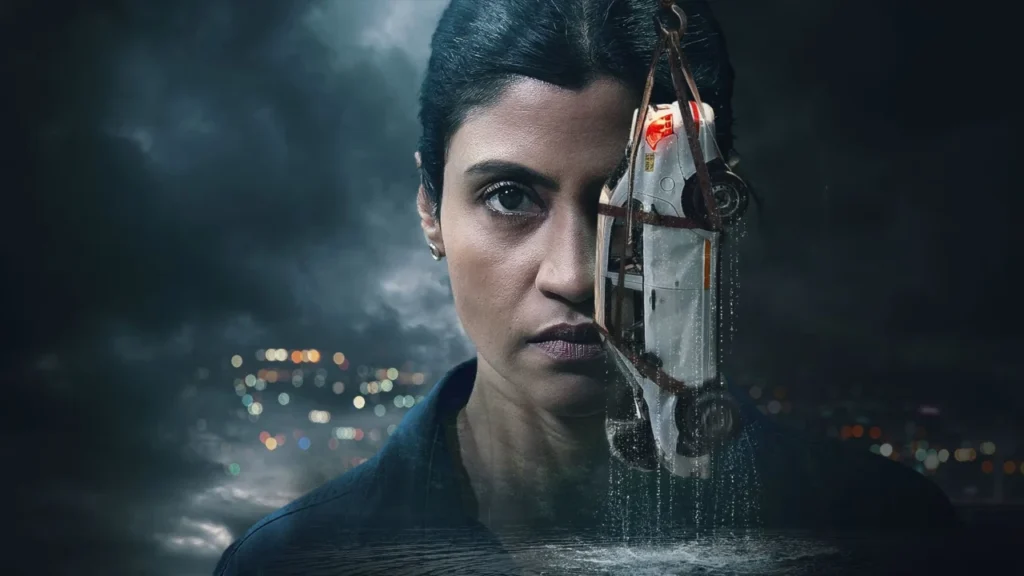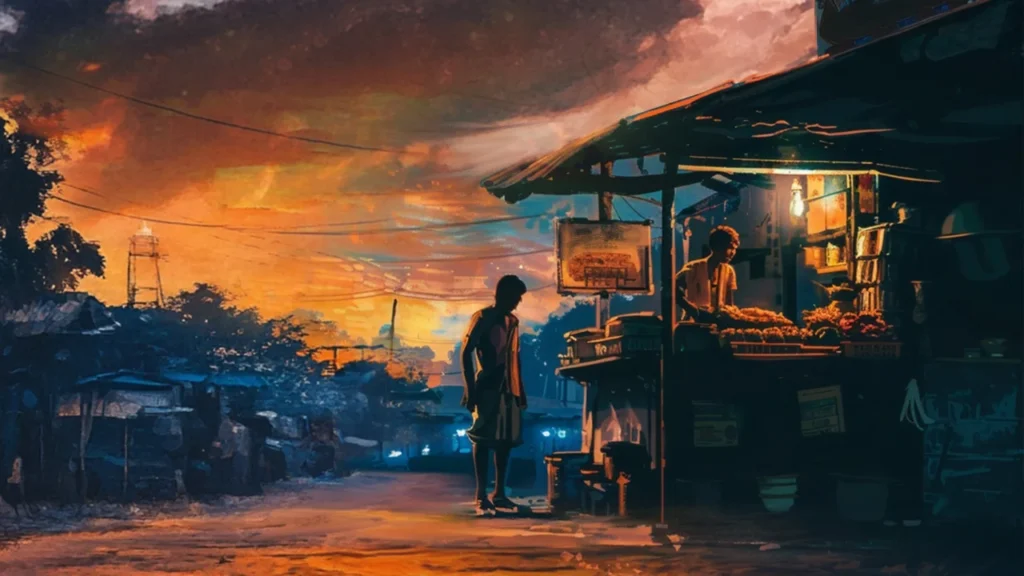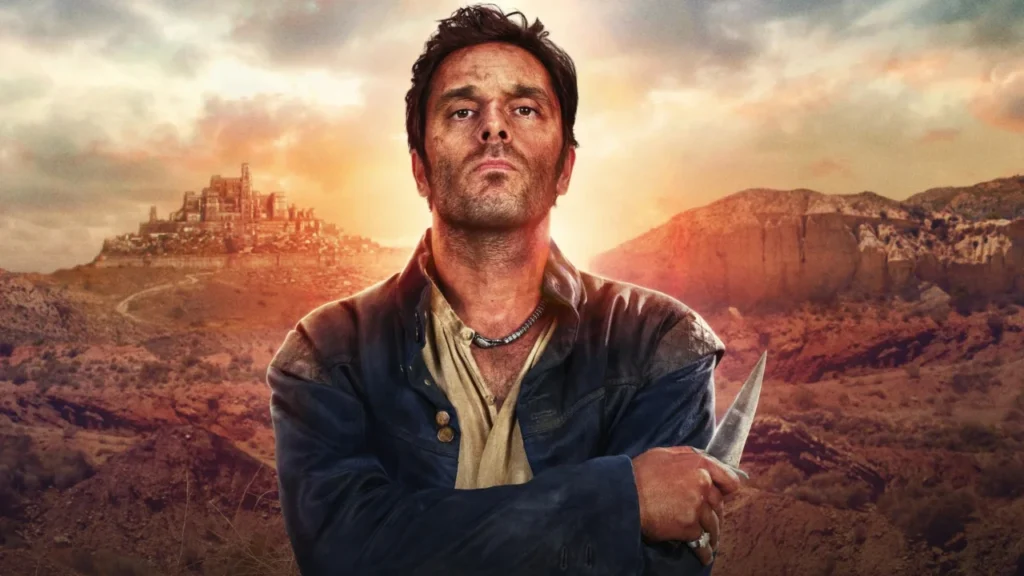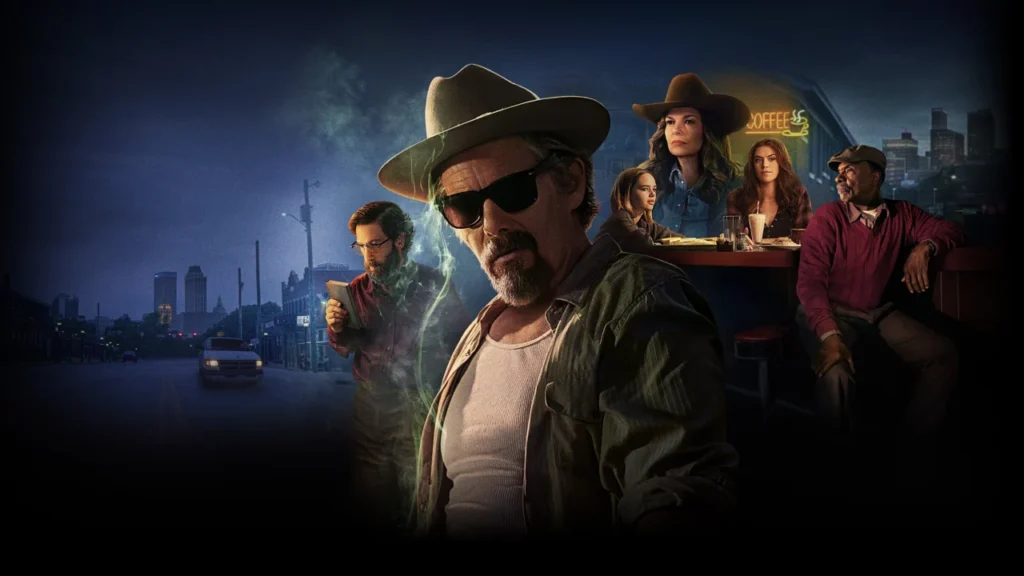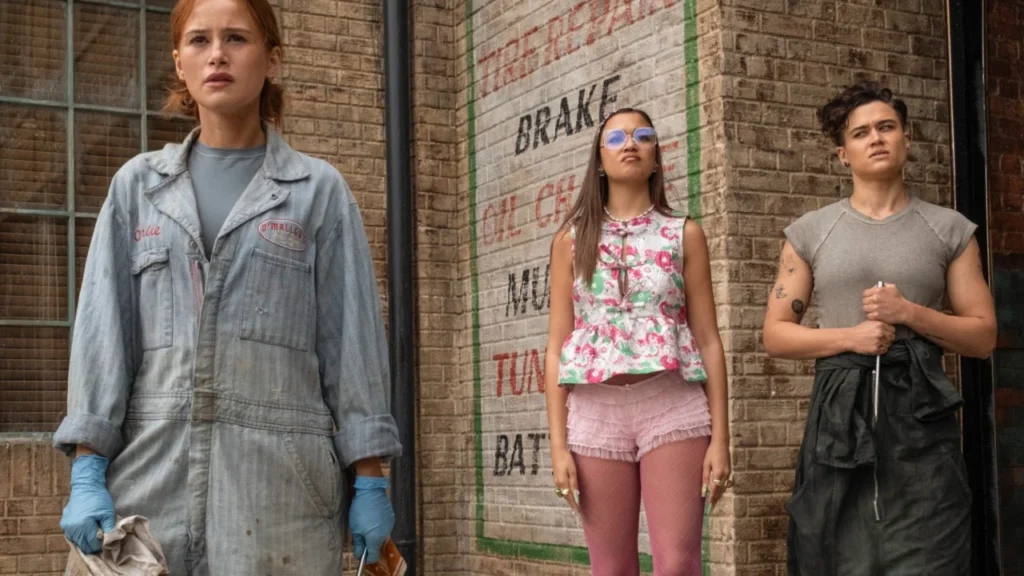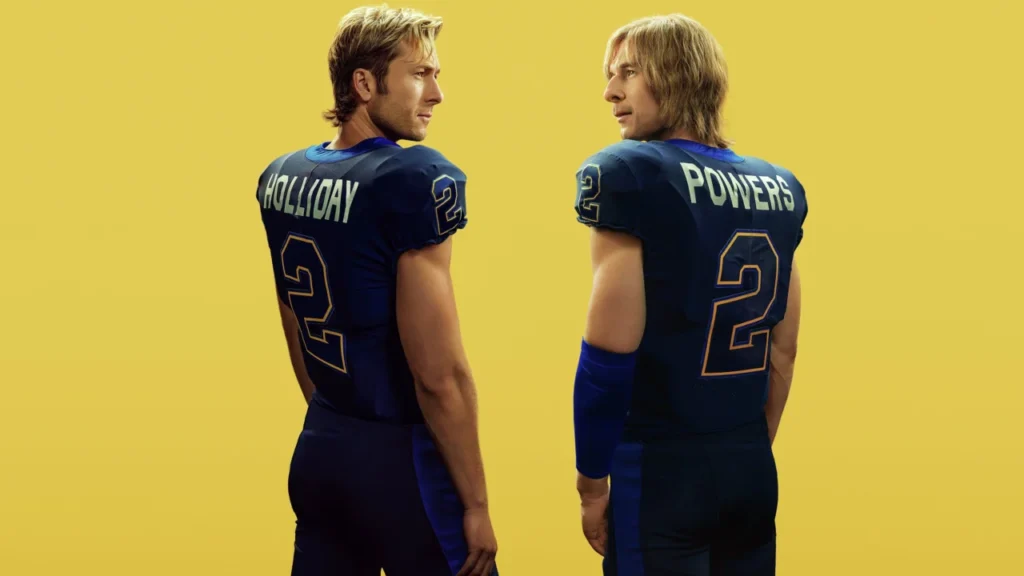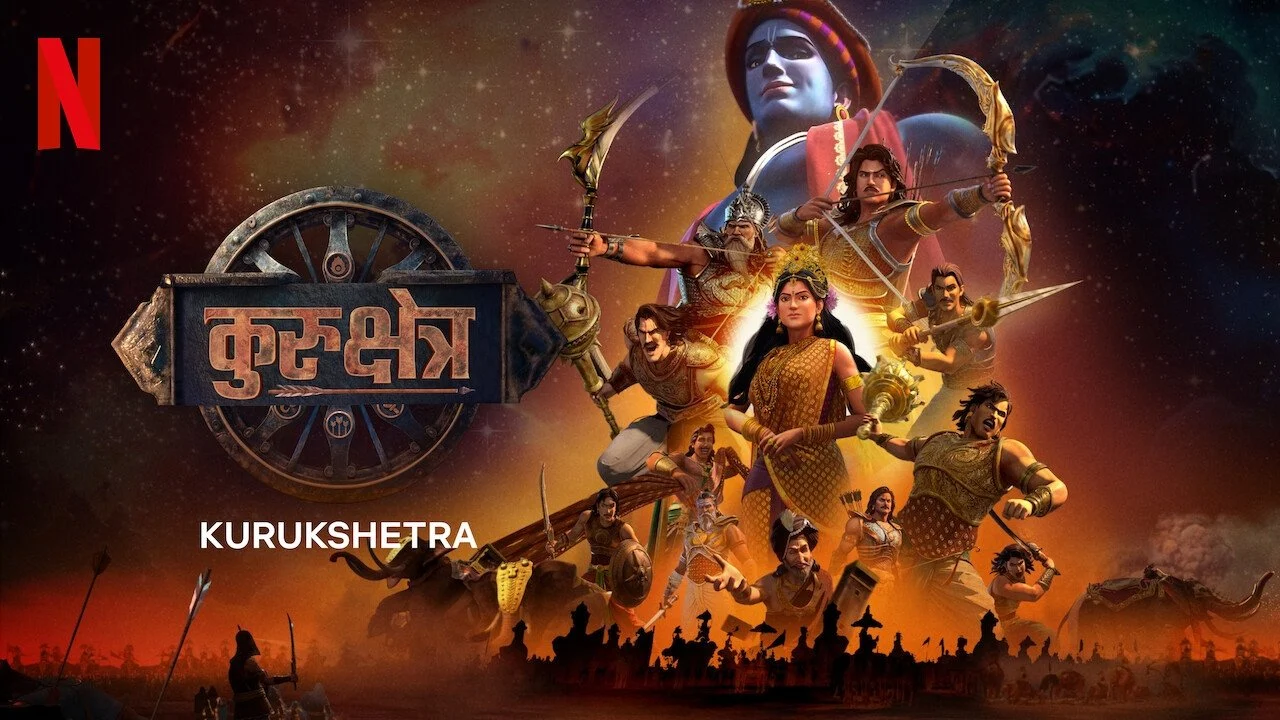
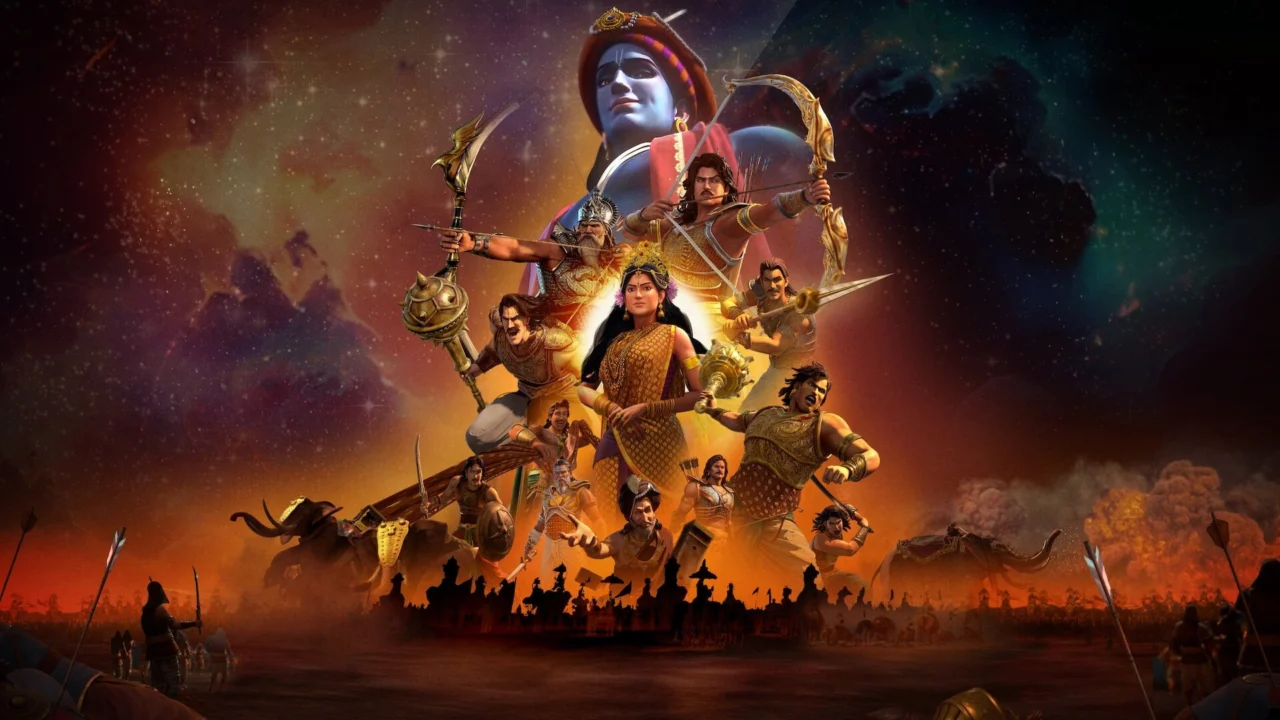
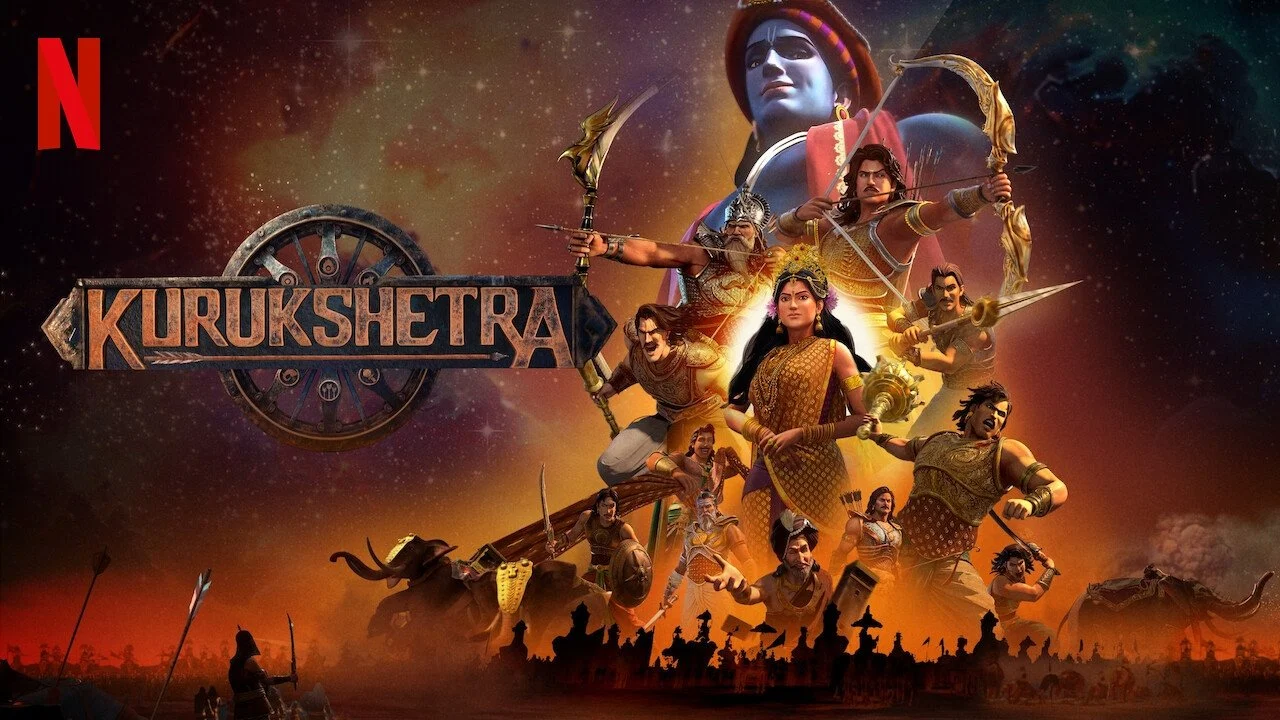
Netflix takes on Indian mythology with Kurukshetra, an animated series that reworks the famous Mahabharata war. Anu Sikka created it, while Ujaan Ganguly and Kaushik Ganguly handled direction. The voice cast features Vinod Sharma, Sahil Vaid, Saumya Daan, and Annamaya Verma, among others.
The real draw is Gulzar as narrator and lyricist. His voice gives the show depth and emotion. The first part dropped on October 10, 2025, with nine episodes running about 30 minutes each. The concept follows 18 days of the Kurukshetra battle through 18 warrior perspectives, which feels different from what we usually get.
##Breaking Away from Traditional Storytelling
This show doesn’t retread familiar ground. Instead of focusing only on well-known characters like Draupadi or Karna, it explores warriors who typically get sidelined. Each episode covers one war day through a different warrior’s viewpoint. Characters like Sanjay, Bhishma, Abhimanyu, and Ghatotkach get their moments.
I found the gray areas interesting. There’s no simple hero-villain setup. Political manipulation, personal loss, and moral dilemmas drive the story. When Draupadi confronts Yudishthira about her public shaming, you feel her anger and pain. That scene sets up the revenge theme that powers the whole war.
The show includes major moments like Krishna’s Bhagavad Gita conversation with Arjuna and shows us Abhimanyu’s death. What struck me was how the show makes clear that no one escaped this war without regret. Every warrior carried guilt, which makes the story hit differently than typical good-versus-bad tales.
##Where Voice Acting Succeeds and Fails
Gulzar’s narration carries the show. When he talks about duty and righteousness, every word feels important. His poetry and philosophy blend perfectly, making this Netflix’s smartest creative decision. The depth he brings is unmatched.
However, the other voices don’t measure up. Actors like Manoj Pandey, Himanshu Rana, and Neha Gargava do their jobs, but nothing more. Their performances sound ordinary. For iconic characters like Krishna, Arjuna, and Draupadi, we deserved memorable voices that stay with you after watching.
Animation relies heavily on voice since you can’t see real facial expressions. During big emotional moments, I wished for stronger performances. Characters sometimes blur together because the voices lack distinction. This gap affects your connection to the story in ways that hurt the whole experience.
##What Works in This Retelling
The 18-perspective structure is the show’s strength. Finally, we see warriors beyond the main players. The writing deserves credit for giving space to overlooked characters. The show doesn’t shy away from showing war’s brutal reality – the scheming, vengeance, and compromises people made under pressure.
The animation tries to match the epic scale. Battle sequences, while imperfect, capture war’s chaos. This proves Indian animation can handle mature themes. It’s not children’s content dressed up as something else.
Gulzar’s words throughout the series stick with you. When he says Ant hi Antim Hai, Neeche Bhoomi, Upar Nakshatra Hai, Ye Kurukshetra Hai, it resonates deeply. The show also builds curiosity about part two effectively. You want to see the remaining warriors’ stories.
Draupadi’s portrayal adds weight. She’s shown as both victim and catalyst, not just one or the other. Krishna’s teachings provide philosophical grounding, while Abhimanyu’s tragic end delivers the emotional punch needed. These elements work together to create moments that matter.
##Areas Needing Improvement
The voice casting problem keeps coming back. For this kind of project, not having recognizable talent really damages the impact. Popular Bollywood voices would have transformed how characters feel. In character-driven stories, voice becomes your primary tool, and this series wastes that opportunity.
Animation quality stays average. Character designs lack detail, making people hard to tell apart sometimes. Fight scenes feel stiff rather than fluid. The effects aim high but don’t always reach the epic level the story needs. It works fine by Indian standards but looks weak compared to international animation on the same platform.
Pacing jumps around. Some episodes rush important backstories, while others spend too long explaining things. The balance between action and reflection doesn’t land right. You might get bored during slow sections or feel shortchanged during rushed ones.
The shifting perspectives, though clever, create distance. Just as you invest in one warrior’s journey, the show moves to someone else. It’s smart on paper but emotionally disconnecting. You don’t bond with characters properly before being pulled away.
##Reviews and Viewer Response
Koimoi rated it 3.5 out of 5, highlighting Gulzar’s work while noting weak voice choices. They praised the premise and focus on secondary warriors, calling the writing a triumph. But they were direct about star voices being missed.
Indian Community found it captivating and thought-provoking, crediting Gulzar with providing strong emotional grounding. They mentioned animation, particularly facial work, needed refinement. Most critics agree the show has big ideas and strong moments, but execution issues hold it back.
Social media shows divided opinions. Mythology lovers and animation fans appreciate the fresh approach. Many singled out Gulzar’s contribution as mesmerizing. The multi-perspective concept sparks discussion. But animation quality disappointed some viewers who compare it to international shows. Voice acting complaints appear frequently, with people wanting familiar Bollywood talent.
Still, excitement builds for part two. The show has sparked debate about mythology adaptations and animation’s role in telling these stories. That conversation alone marks progress.
Rating: 3.5 out of 5 stars

